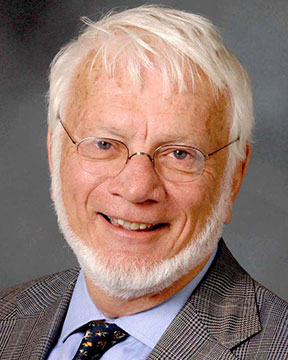Abstract submission: https://www.flogen.org/sips2018/abstract_submission.php?p=35
Abstracts should be between 150-500 words in length. It should contain:
- A concise but descriptive title
- A short background on the subject
- The purpose and goals of the paper
- A short description of the methods employed
- Concise description of the conclusions
- Keywords that are related to the subject
- 3-5 major references to other published work
The abstract should not contain
- Any detailed mathematical formula
- Any acknowledgements
ABSTRACT EXAMPLE:
Phase Diagram and Electrical Conductivity of NdBr3 - KBr
Madjid Berkani1; Yassine Bounouri1; Marcelle Gaune- Escard2;
1Université de Bejaia, Bejaia, Algeria; 2Aix-Marseille Université/Polytech, CNRS/IUSTI UMR7343, Marseille, France;
The lanthanide halides and their mixtures with alkali metal halides play a very important role in many modern technologies. They are extensively used in optical and scintillation devices [1] and are attractive components for doses in high-intensity discharge lamps and new highly efficient light sources with energy saving features, lasers, etc. [2] The wide band gap materials like fluorides and other halides co-doped by lanthanide ions provide valuable insight into many aspects of luminescence centers and have wide applications. [3]
Such wide applications of these compounds requires knowledge of their structural, physicochemical, and, in particular, their thermodynamic properties. In connection with our research program on lanthanide halides and their systems with alkali metal halides [4], we have investigated the binary system of neodymium(III) bromide with potassium bromide.
The only literature information on this system was the phase diagram reported, as a graphic, by Blachnik and Jaeger-Kasper [5]. The phase equilibrium in the NdBr3-KBr binary system was established in the present work by differential scanning calorimetry (SETARAM LABSYS evo TG/DSC 1600).
This system includes the K3NdBr6, K2NdBr5, and KNd2Br7 compounds and three eutectics located at the NdBr3 molar fractions x = 0.192 (T = 849 K), x = 0.532 (T = 754 K) and x = 0.689 (T = 802 K), respectively. K3NdBr6 undergoes a solid-solid phase transition at 680 K and melts congruently at 918 K. K2NdBr5 melts incongruently at 822 K with the formation of solid K3NdBr6 and finally KNd2Br7 melts congruently at 814 K.
The electrical conductivity of NdBr3-KBr liquid mixtures was measured over the whole composition range and a wide temperature range.
References:
[1] V.B. Motalov, M.F. Butman, L.S. Kudin, K.W. Kramer, L. Rycerz, M. Gaune-Escard, J. Mol. Liq. 142 (2008) 78-82.
[2] T. Markus, U. Nieman, K. Hilpert, J. Phys. Chem. Solids 66 (2005) 372-375.[3] J. Cybinska, J. Legendziewicz, G. Boulon, A. Bensalah, G. Meyer, Opt. Mater. 28 (2006) 41-52.
[4] I. Chojnacka, L. Rycerz, M. Berkani, M. Gaune-Escard, Journal of Alloys and Compounds 582 (2014) 505-510.
[5] R. Blachnik and A. Jaeger-Kasper, Z. Anorg. Allg. Chem., 461 (1980) 74-86.
NOTE: If you want to update or correct the abstract or add or correct authors, please follow these steps:
(1) Log in and select the option "Edit an abstract / ADD CO-AUTHOR / View Comments"
(2) Select your abstract and click on "Update this submission/Add co-author".
(3) Apply the modifications, and click on "Update the submission" in order to save changes
Please refresh the page in order to see the updated abstract.



















